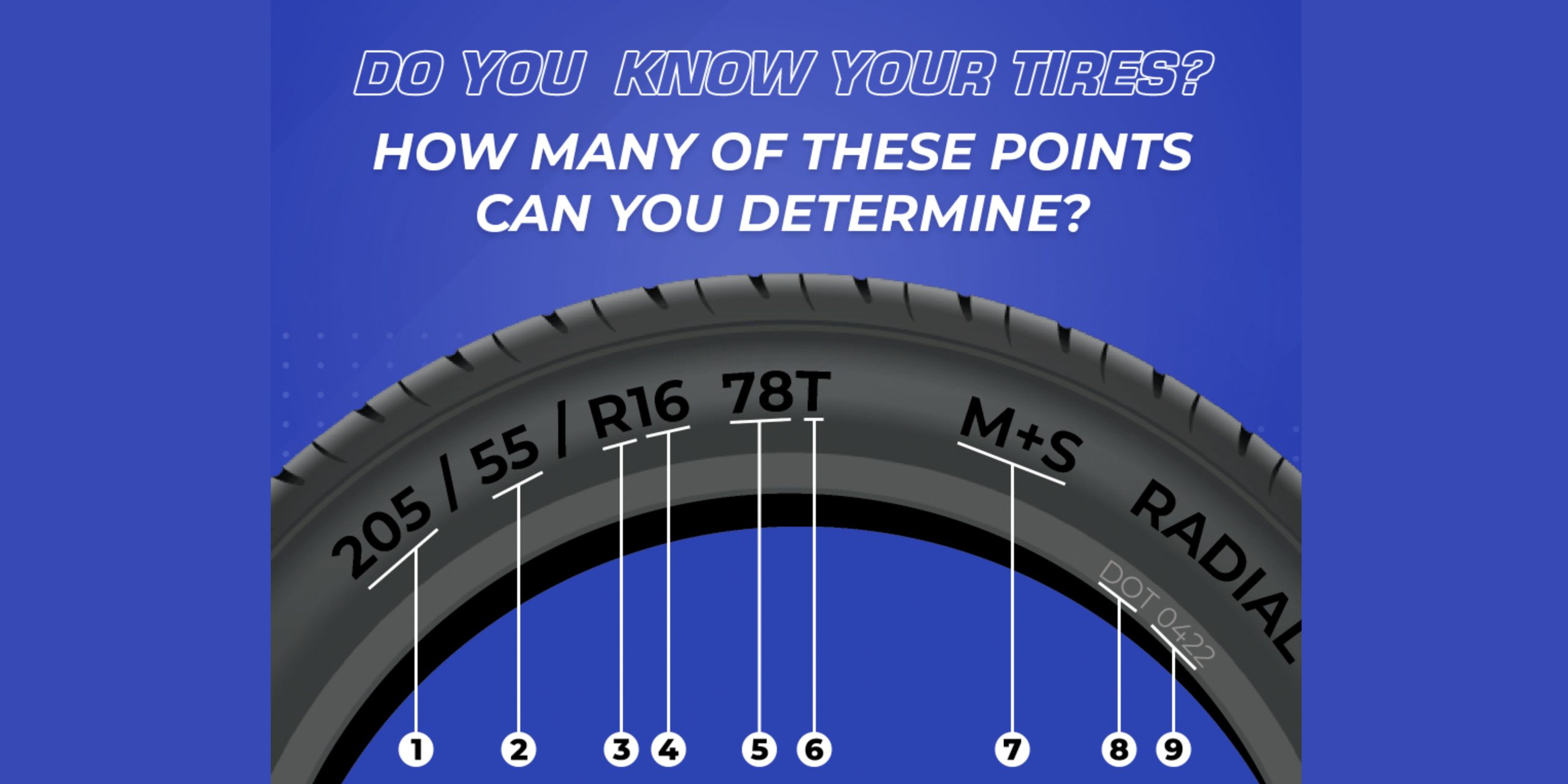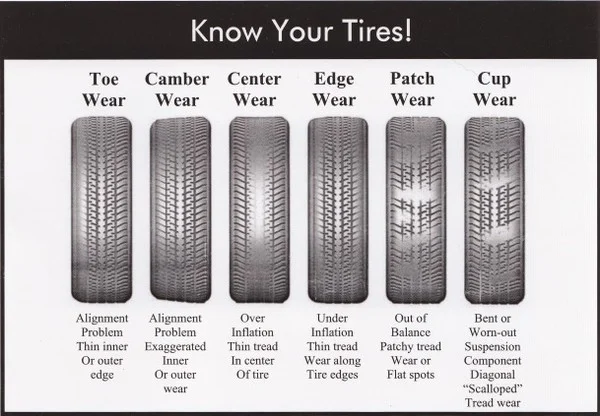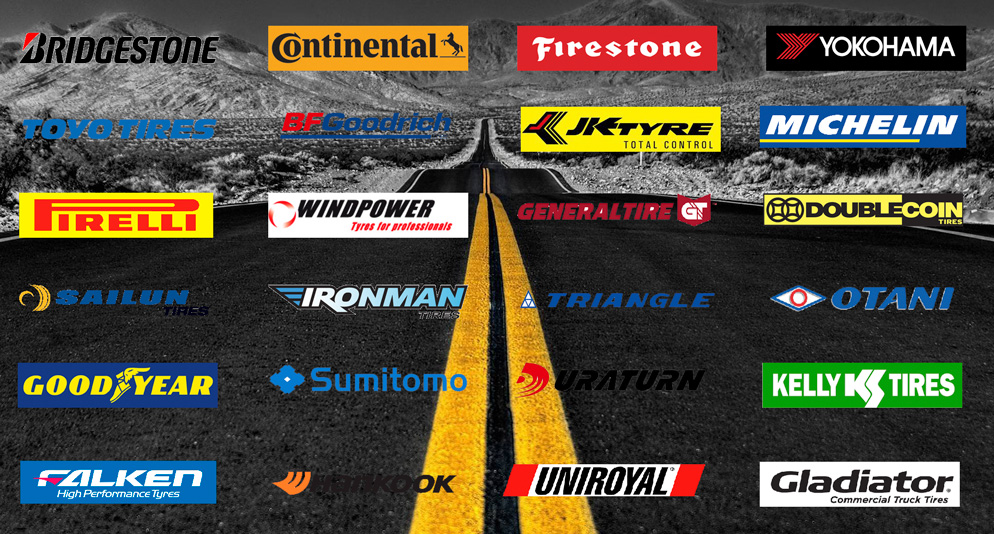
Table Of Contents
Introduction
Importance of Choosing the Right Tires
Choosing the right tires is crucial for any vehicle owner. Tires are the only point of contact between your car and the road, which makes them central to vehicle performance, safety, and comfort. Whether you’re commuting daily, embarking on road trips, or exploring rugged terrain, the right tires can make all the difference. When I purchased my first car, I paid little attention to the tires, assuming they would simply work well if they were adequately inflated. However, after experiencing skidding during a rainstorm, I quickly learned that the wrong tires can compromise safety. Investing in the right tires is not just about performance; it’s also about:
- Safety: Quality tires provide optimal grip, braking distance, and overall handling. They can be the difference between a smooth drive and a potential accident.
- Fuel Efficiency: The type of tires affects rolling resistance. Low-rolling-resistance tires can improve fuel efficiency, saving you money in the long run.
- Comfort: The right tires can enhance driving comfort by absorbing shocks from uneven road surfaces, making your ride smoother.
- Longevity: Selecting appropriately designed tires for your driving conditions can lead to longer tread life, reducing the frequency and cost of replacements.
Knowing the importance of tires can help you make informed decisions. When it comes to purchasing new tires, don’t just go for the cheapest option available. Take the time to evaluate your driving patterns, the weather conditions in your area, and the specifications recommended for your vehicle. These factors will guide you in selecting tires that promote safety, efficiency, and comfort on every journey.

Understanding Tire Types
All-Season Tires
All-season tires are designed to provide a balanced performance throughout the year. They cater well to moderate climates, allowing drivers to enjoy versatility without the hassle of changing tires with the seasons. Personally, I remember my first winter in a new city that experienced sporadic snowfalls. I opted for all-season tires, thinking they were adequate for my needs. They performed decently in mild winter conditions but fell short during heavier snowfall periods. Key features of all-season tires include:
- Versatile Tread Patterns: These tires typically have a symmetrical tread pattern that offers reliable traction in various conditions.
- Moderate Performance: They handle reasonably well in rain, light snow, and dry conditions, making them suitable for daily drivers.
- Longevity: All-season tires generally have a longer tread life due to their robust construction.
While they might perform well in diverse conditions, their limitations become apparent in extreme weather, especially during heavy snow or ice.
Winter Tires
In contrast, winter tires are engineered specifically for cold, snowy, and icy conditions. They incorporate softer rubber compounds that remain flexible in low temperatures, allowing for excellent traction. I learned this lesson the hard way when a friend insisted I swap to winter tires before a prominent snowstorm. The difference in grip and handling was remarkable. Winter tires offer:
- Aggressive Tread Patterns: These patterns feature deeper grooves and biting edges, designed to dig into snow and provide better grip.
- Enhanced Traction: The unique composition allows for better stopping distances and control, making a safer choice for winter driving.
- Optimal Performance at Low Temperatures: They are formulated to provide superior performance when the mercury drops below 45°F.
Choosing between all-season and winter tires ultimately depends on your driving habits and climate. If you live in an area with severe winter weather, investing in winter tires is a smart move for safety and performance.

Tire Size and Fitment
Reading Tire Labels
Understanding tire size and fitment is essential for vehicle performance and safety. When it comes to selecting the right tire, the first step is reading the tire label, which includes information about size, type, and specifications. I recall my early days as a car owner, standing perplexed in front of a tire rack, unsure what all the letters and numbers meant. It wasn’t until a knowledgeable salesperson educated me that I realized how crucial this information is. Tire labels typically contain several key pieces of information, which include:
- Width: Indicated in millimeters, this number is the width of the tire from sidewall to sidewall. For example, a label that reads “215” means the tire is 215 mm wide.
- Aspect Ratio: This is the tire’s height as a percentage of its width. An aspect ratio of “60” indicates that the tire’s height is 60% of its width.
- Construction Type: Often indicated by the letter ‘R’ for radial construction, which is the most common type used today.
- Rim Diameter: The size of the wheel that the tire fits, measured in inches.
Understanding these specifications will help you choose tires that suit your vehicle and driving needs.
Ensuring Proper Fitment
Proper fitment is just as crucial as the right tire type. Installing incorrectly sized tires can lead to poor handling, reduced fuel efficiency, and potential damage to both the tires and vehicle. I learned this lesson when I saw a friend struggling with tires that were too wide for his car, resulting in a bumpy and unsafe ride. To ensure the proper fitment of your tires, consider these important tips:
- Consult the Owner’s Manual: Your vehicle’s manual typically includes the manufacturer’s recommended tire size, as well as specifications for load capacity and pressure.
- Visit a Tire Shop: Professionals can help assess your vehicle’s unique requirements, making sure you get the right size and type.
- Check for Clearance: Ensure that the tires you choose do not interfere with any part of your vehicle, particularly when turning or undergoing suspension movements.
By paying attention to tire labels and ensuring proper fitment, you can enhance your vehicle’s performance, improve safety, and enjoy a smoother ride every time you hit the road.

Performance Tires
High-Performance Summer Tires
When it comes to enhancing driving dynamics, high-performance summer tires stand out as an excellent choice for enthusiasts who crave responsiveness and grip. These tires are specifically designed for warm weather conditions, offering superior handling on both wet and dry surfaces. I remember the exhilarating experience of test-driving a sports car equipped with high-performance summer tires—turns felt razor-sharp, and the acceleration was instantaneous. Key features of high-performance summer tires include:
- Increased Tread Grip: The tire’s design usually includes a softer rubber compound for better traction compared to standard tires.
- Wider Tread Width: Wider tires provide a larger contact patch, enhancing road-holding abilities during spirited driving.
- Responsive Handling: These tires are engineered for precision, making your vehicle feel more connected to the road.
However, one thing to keep in mind is that high-performance summer tires are not suitable for cold weather or icy conditions, as their grip can decrease significantly below 45°F.
Ultra-High Performance Tires
Taking performance to the next level, ultra-high performance (UHP) tires are tailored for drivers who prioritize extreme handling and responsiveness. These tires go a step further, making them ideal for track days and spirited driving on winding roads. I once joined a friend for a weekend at a racing school, where the difference UHP tires made was astonishing. The confidence they instilled while navigating sharp curves was unparalleled. Ultra-high performance tires boast:
- Advanced Rubber Compounds: These tires use specialized compounds for optimal grip under extreme conditions.
- Aggressive Tread Patterns: UHP tires have unique designs focused on maximizing contact with the road, which improves cornering stability.
- Enhanced Performance at High Speeds: Built to excel during high-speed driving and in challenging conditions, they maintain traction better than regular tires.
In conclusion, whether opting for high-performance summer tires or the more advanced ultra-high performance tires, it’s essential to align your choices with your driving style and conditions. Investing in the right performance tires can dramatically transform your driving experience, offering both excitement and safety on the road.

Off-Road and All-Terrain Tires
Off-Road Tire Features
Off-road tires are specifically designed to handle the toughest terrains, from rocky trails to muddy paths. These tires are not just about rugged looks; they incorporate features that significantly enhance traction, durability, and performance in off-road conditions. I still remember the first time I took my truck off-roading. Equipped with a set of off-road tires, I felt an exhilarating sense of adventure as I tackled steep inclines and navigated through thick mud. Key features of off-road tires include:
- Aggressive Tread Design: The large, deep treads help dig into loose soil, sand, or gravel, providing exceptional grip and preventing slippage.
- Sturdy Sidewalls: Off-road tires are constructed with reinforced sidewalls to resist punctures from sharp rocks or tree roots encountered on trails.
- Optimal Flexibility: These tires can conform to uneven surfaces, ensuring better contact and traction in challenging environments.
With these features, off-road tires can make all the difference between being stuck and easily conquering tough terrain.
Choosing the Right Tires for All-Terrain Driving
When it comes to all-terrain driving, selecting the right tires entails finding the perfect balance between highway usability and off-road capability. All-terrain tires are designed to perform well in a variety of conditions while still offering the benefits of off-road tires. I learned this when upgrading my SUV for a cross-country road trip that included both highways and backcountry trails. When choosing all-terrain tires, consider the following tips:
- Assess Your Driving Needs: Evaluate the terrains you plan to encounter regularly. If you frequently venture into rugged landscapes, opt for tires with higher off-road capability.
- Check Tread Patterns: Look for tires with a versatile tread design that offers strong performance on both pavement and unpaved surfaces.
- Review Load Ratings: Ensure the tire’s load capacity matches your vehicle’s requirements, especially if you plan on carrying additional gear or passengers.
By considering these factors, you can confidently choose tires that will allow you to explore various terrains without compromising safety or performance. With the right off-road or all-terrain tires, each journey can turn into an unforgettable adventure!

Tire Durability and Longevity
Tire Treadwear Ratings
When it comes to tire durability and longevity, understanding tire treadwear ratings is essential. These ratings provide a gauge for how long a tire is expected to last under normal driving conditions. I remember researching tires for my car before a long road trip and finding the treadwear rating to be a key factor in my decision-making. I wanted tires that could endure the wear and tear of highways while providing safety in various conditions. Treadwear ratings, often displayed as part of the Uniform Tire Quality Grade (UTQG), range typically from 100 to 800, with a higher number indicating better expected durability. For instance:
- 100-200: Generally for performance tires that prioritize grip over longevity.
- 300-400: Suitable for standard all-season tires offering a balance of performance and lifespan.
- 500 or higher: Typically found in touring tires known for durability and extended tread life.
A good rule of thumb is to consider your driving habits and needs. If you frequently drive on highways or in varied conditions, tires with higher treadwear ratings might be more beneficial.
Maintaining Proper Tire Pressure
Maintaining proper tire pressure is another crucial factor affecting tire longevity. Under-inflated tires can lead to increased tread wear, decreased fuel efficiency, and even blowouts. I always make it a point to check my tire pressure regularly, especially before embarking on long journeys. It’s a simple task that can save money and enhance safety. Here are some tips for maintaining proper tire pressure:
- Check Regularly: Aim to check your tire pressure at least once a month and before long trips.
- Use a Reliable Gauge: Investing in a good tire pressure gauge will help ensure accuracy.
- Follow Manufacturer Recommendations: Stick to the recommended pressure listed in the vehicle’s owner’s manual or on the driver’s side door jamb.
By being diligent about checking treadwear ratings and maintaining proper tire pressure, you can significantly enhance the durability and longevity of your tires. This not only saves you money in the long run but also ensures a safer driving experience overall.

Tire Brands and Reviews
Top Tire Brands in the Market
When it comes to choosing the right tires, the brand you select can make a significant difference in performance, safety, and longevity. In my journey as a car owner, I quickly discovered that not all tires are created equal. Some brands consistently deliver quality, innovation, and reliability. After extensive research and talking to fellow car enthusiasts, here are some of the top tire brands in the market today:
- Michelin: Renowned for premium tires that provide exceptional performance and longevity across a variety of conditions.
- Goodyear: Offers a wide range of options, from all-season to performance tires, with a solid reputation for durability and safety.
- Bridgestone: Known for cutting-edge technology and excellent wet-weather performance, perfect for those who face diverse driving conditions.
- Continental: Focused on superior handling and comfort while providing impressive traction capabilities.
- Dunlop: A go-to option for high-performance tires, often favored by racing and performance car enthusiasts.
Each brand has its strengths, so consider your priorities when selecting.
User Reviews and Recommendations
User reviews can provide valuable insights that go beyond manufacturer specifications. Real-life experiences often highlight performance aspects that you might not consider when reading about tires online. I remember choosing my last set of tires based heavily on fellow drivers’ recommendations, and it proved to be a fantastic decision. Here are some tips for utilizing user reviews when selecting tires:
- Check Multiple Sources: Explore reviews on various platforms, including specialized tire websites, automotive forums, and social media.
- Look for Common Themes: Pay attention to recurring feedback, such as performance in rain, ride comfort, and durability.
- Balance Positive and Negative: Don’t just focus on the negatives; read both positive and negative reviews to get a fuller picture of the tire’s performance.
By combining insights from reputable tire brands with firsthand user recommendations, you can make a well-informed decision that aligns with your driving needs and conditions. Investing time in research can lead to a safer, more enjoyable driving experience.




